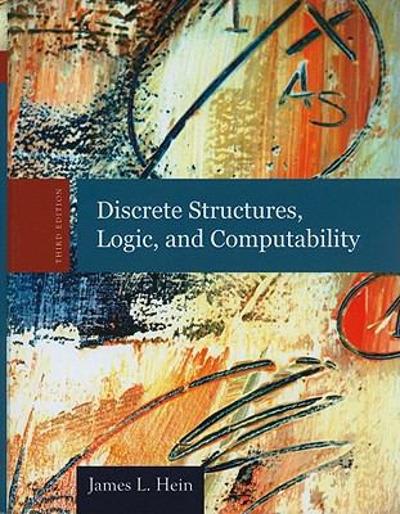Answered step by step
Verified Expert Solution
Question
1 Approved Answer
Your solution must include the code you use as well as the computed values. Provide the estimates only, not the random variables! PLEASE INCLUDE R
Your solution must include the code you use as well as the computed values. Provide the estimates only, not the random variables!
PLEASE INCLUDE R CODE
THANK YOU!

Step by Step Solution
There are 3 Steps involved in it
Step: 1

Get Instant Access to Expert-Tailored Solutions
See step-by-step solutions with expert insights and AI powered tools for academic success
Step: 2

Step: 3

Ace Your Homework with AI
Get the answers you need in no time with our AI-driven, step-by-step assistance
Get Started


